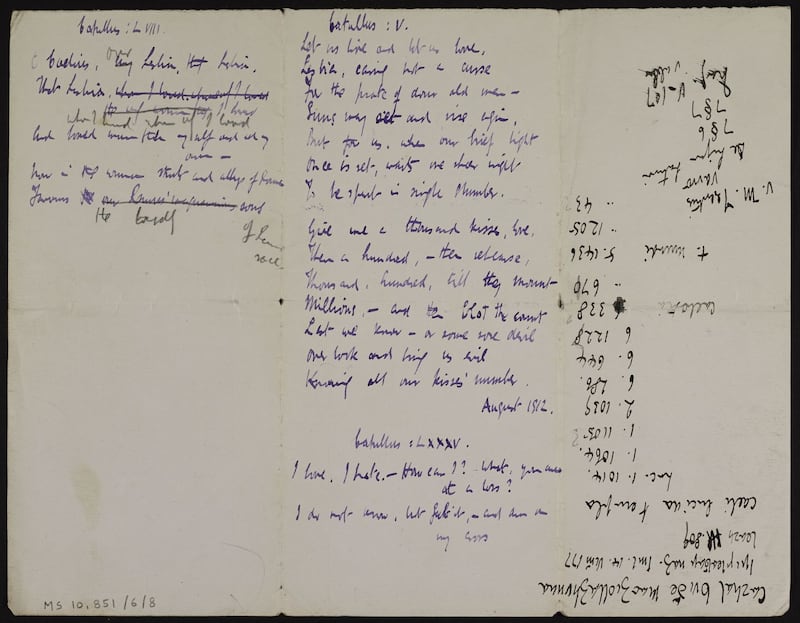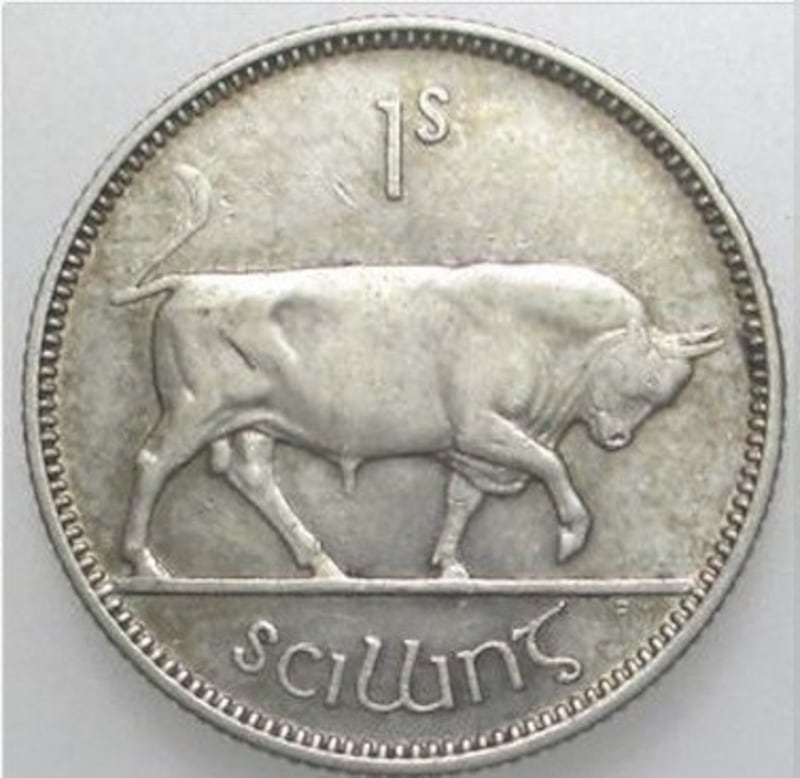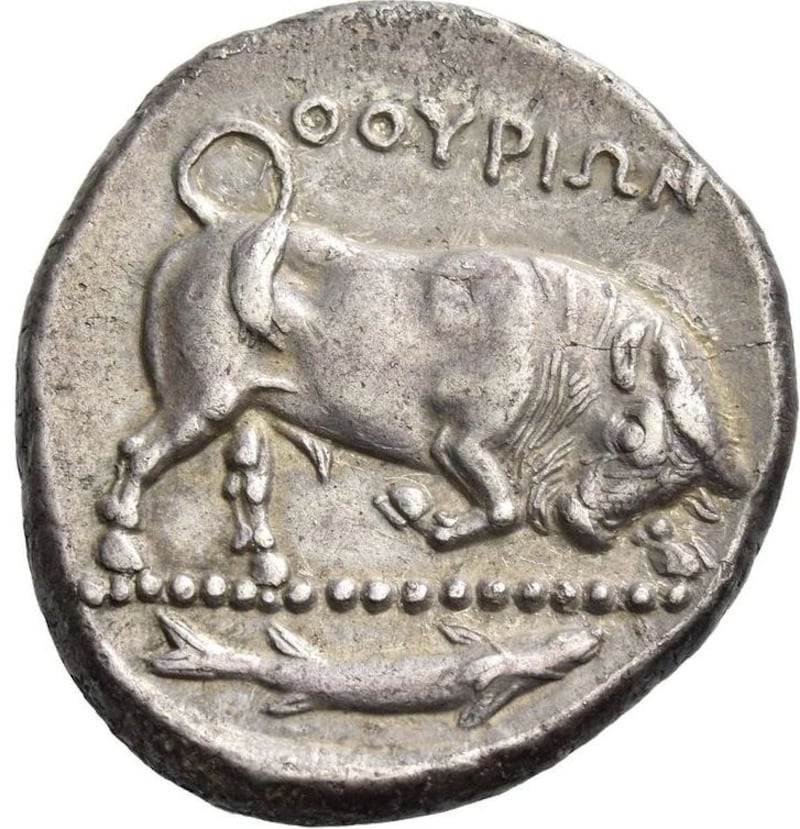What have classical Greece and Rome to do with Ireland and its politics? Readers will be familiar with the many Irish literary artists who have drawn from the well of classical literature, both those whose pens have been laid to rest (writers such as Eavan Boland, Seamus Heaney, James Joyce, Derek Mahon, WB Yeats), and those who show the ongoing vitality of this tradition through their internationally acclaimed work (Marina Carr, Peter Fallon, Michael Longley, Frank McGuinness, Colm Tóibín among others).
There may also be some surprises: recent research in the archives of the National Library of Ireland has uncovered new translations of classical poetry to be added to the known works of poet and revolutionary Thomas MacDonagh.
In Ireland’s engagement with classical literature there is a strong political dimension, most evident to date among those Irish artists who have addressed through classical sources the violent conflicts in Northern Ireland: witness, for example, Tom Paulin’s The Riot Act, Michael Longley’s Ceasefire (first published in The Irish Times), and Seamus Heaney’s Mycenae Lookout poems in his collection The Spirit Level.

The political entanglements of Irish identities with the culture of Greece and Rome, however, go beyond literature and have a deep-rooted heritage dating back to the medieval period. The popular 11th-century medieval Irish Togail Troí (Destruction of Troy) is the first vernacular adaptation of the Trojan War story in Europe. It is marked by a negative presentation of the Trojans, from whom the Irish, unlike other European powers, did not claim descent.
The Irish identified some of their earliest ancestors as the Fir Bolg, mythical refugees who had left Ireland and lived for centuries in Greece before returning to Ireland where they were driven west to the Aran Islands. These medieval seeds, associating Ireland with Greece, put down long-lasting political roots. The monumental forts attributed to the Fir Bolg encouraged parallels with Greek archaeological remains during the 19th and 20th centuries.
The scholar and nationalist Eoin MacNeill argued in his Phases in Irish History that the Fir Bolg had been unfairly represented as abject by a belittling colonialist rhetoric that sought to suppress the identities of a pre-Gaelic population.
The experience of wandering, moreover, which is central to medieval narratives about Ireland, is reflected also in the medieval Irish version of Homer’s Odyssey, the Merugud Ulix Maicc Leirtis. First translated into English in 1896, it may have inspired James Joyce, in part at least, in appropriating the Odyssey to an Irish context in Ulysses.
“What the Greek was to the ancient world the Gael will be to the modern,” declared Patrick Pearse in an 1897 essay on The Intellectual Future of the Gael. Pearse vacillated in his views on the relative status of the classical and native Irish literatures, but this statement instantiates a strand of Irish cultural nationalism that sees itself as significantly connected with ancient Greece.
At the height of its cultural, political, and artistic achievements, Greece had, like Ireland, successfully repelled an imperial power of vastly superior means. For Yeats in The Statues, the 1916 Rising is Ireland’s Battle of Salamis against the Persians, while in the Decade of Commemorations, Nuala Ní Dhomhnaill’s Irish translation of Aeschylus’ Persians (which recounts the same battle) was broadcast as a podcast created by Conor Hanratty as part of the 2020 Dublin Theatre Festival.
From Yeats’s censor-baiting 1920s Oedipus plays, which reflect on political crisis and sacrifices of leaders, to the coins designed for the newly independent Irish Free State, Greece looms large as a source of inspiration and of political self-definition.
The place of Rome in this discourse is more complex. As a model for imperial domination firmly adopted by colonial Britain, Rome was rejected by nationalists, sometimes in favour of a countervailing identification with Rome’s age-old enemy, Carthage.
A Rome which encompasses the Roman Catholic faith, however, and the Latin language along with it, could be nativised. Twentieth-century Irish clerics were instrumental in disseminating classical literature through education in both English and in Irish. One towering figure in this enterprise through Irish was Patrick Dinneen, who marshals the Roman poet Virgil to the nationalist cause by stressing the parallels between Virgil’s experiences of land dispossession and those of his own family. Like Virgil, Dinneen saw himself engaged in the creation of a national literature and in calling his compatriots back to the land, as he saw the poet of the Georgics doing.
Heaney, who found inspiration in Virgil’s Eclogues both for the brutality of land confiscations and for the land’s potential for renewal, credited his Latin teacher Fr Michael McGlinchey as inspiring his life-long engagement with Virgil.


This complex relationship between Ireland and Rome (religious, political, intellectual) can be traced back to the Flight of the Earls. Whereas Catholic Irish chieftains exiled in Europe, along with their supporters, keenly asserted in their writings a Roman Catholic identity laced with the classical learning of contemporary education, Protestant writers with Irish connections tended to promote a notion of British imperial Romanitas.
The export of Irish learning to the Continent, whether forced or voluntary, has a long history dating back to the peregrini of the sixth century CE. Columbanus, for instance, led important missionary work and founded several monasteries, notably Bobbio in Italy. At a time when religion and politics were inextricable, scholars such as Columbanus brought with them from Ireland essential training in Latin with linguistic paradigms taken from the pagan literature of ancient Rome.
New Latin commentaries were produced in Italy, such as the Ars Ambrosiana (c. 8th C), which show the influence of the Irish language in glosses and in constructing etymologies for Latin words. For an Irish public that was generally aware of this heritage, Myles na gCopaleen was able to adopt the persona of a medieval scribe in his hugely popular Cruiskeen Lawn columns in the pages of this newspaper (1940-1966). Allusions to medieval and classical culture play a significant role in the columns, which put the Irish language on an equal footing with Latin and Greek and create glosses on other items in the leader page through typographic markers reminiscent of medieval scribal practice. In the columns, which became increasingly politicized over time, Myles bypasses Britain in connecting Irish directly with the classical learning of Greece and Rome.
If Myles created a space in which England and British cultural heritage are essentially airbrushed out of the equation, the legacy of British colonial rule nevertheless remains embedded in the Irish landscape through the neoclassical building projects of the British empire.
The Parliament Buildings at Stormont remain a problematic symbol of imperialism. Looking “down” on the South from a point of elevation through six Ionic columns representing the six counties of Northern Ireland, Stormont was built almost entirely out of English Portland stone on the idiosyncratic insistence of Sir James Craig, who is buried on site in a “stripped classical” sarcophagus. Only the steps of the parliament are made from Irish granite, a further expression of symbolic domination in the eyes of some.
In the Republic, many colonial monuments have been removed or destroyed, but imperial buildings have largely been divested of their colonial symbolism, most obviously in the case of the GPO which, as the headquarters for the 1916 Rising, is arguably the symbol of Irish independence.
New commemorative monuments, moreover, such as the Irish National War Memorial at Islandbridge, embraced the ecumenical possibilities of classical design for a new Ireland, proving that neoclassical architecture is at home in the fabric of contemporary Ireland.
Ireland continues to enjoy a vibrant relationship with classical Greece and Rome, as recently exemplified by the Classics Now initiative, and the historical significance of Ireland's classical heritage, which merits further study, is enjoying a significant impetus thanks to a major grant from the European Research Council.
Isabelle Torrance is Professor of Classical Reception at Aarhus University in Denmark and Principal Investigator on the Classical Influences and Irish Culture project funded by the European Research Council. Donncha O'Rourke is Senior Lecturer in Classics at the University of Edinburgh. Classics and Irish Politics, 1916-2016 is published by Oxford University Press.








